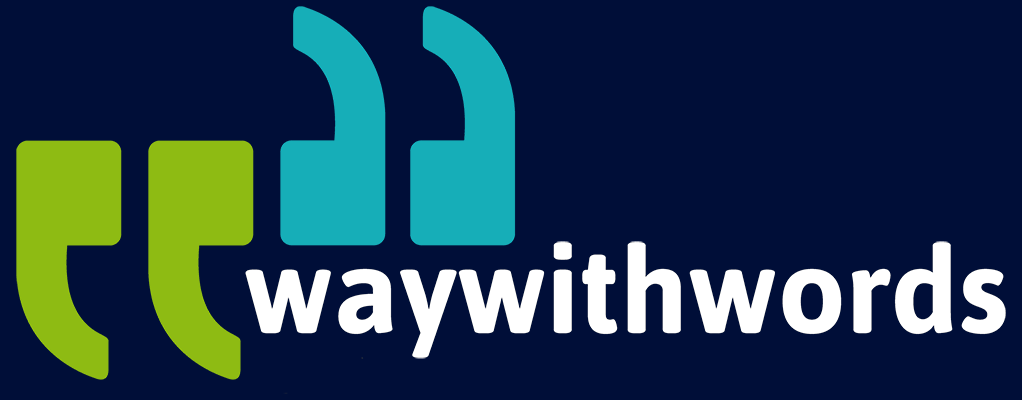Why Is Phonetic Transcription Useful in Multilingual Datasets?
Why does Speech Data Rarely Come from a Single Source?
Phonetic transcription plays a critical role in the collection, annotation, and analysis of multilingual speech datasets, especially with native speaker LLM’s. It provides a standardised, unambiguous way of representing sounds, enabling accurate mapping between the spoken and written form across diverse languages. Whether the goal is to train Automatic Speech Recognition (ASR) systems, develop Text-to-Speech (TTS) voices, support pronunciation learning, or conduct academic research in phonology, phonetic transcription ensures that the full detail and nuance of speech is preserved.
In our increasingly multilingual world, speech data rarely comes from a single uniform source. It often involves speakers with different accents, dialects, and language proficiencies. Without a consistent transcription framework, essential details like vowel quality, consonant articulation, tone, and prosody can be lost — impacting both human understanding and machine performance. The International Phonetic Alphabet (IPA) has become the universal standard for representing these details, making it indispensable in building robust, accurate, and inclusive multilingual datasets.
This article explores the foundations of phonetic transcription, its benefits in multilingual ASR and TTS systems, its role in pronunciation training, the workflows and tools used for annotation, and the challenges of standardising transcription across languages. Each section includes detailed examples and insights relevant to linguists, phoneticians, and technology developers.
What Is Phonetic Transcription?
Phonetic transcription is the process of visually representing the sounds of speech, rather than its spelling, using a consistent set of symbols. It differs from orthographic transcription, which records the conventional spelling of words, and from broad phonemic transcription, which captures only the contrastive sound units of a language.
Two primary approaches are common:
- Phonemic transcription (broad): Records the minimal distinctive sounds (phonemes) in a language, ignoring finer details of pronunciation. It focuses on what differences change meaning. For example, in English, the words bat and pat differ in only one sound — the initial consonant — which makes them separate phonemes /b/ and /p/. Phonemic transcription of cat would be /kæt/.
- Phonetic transcription (narrow): Captures precise speech production details, including subtle articulatory and acoustic variations. For cat, a narrow transcription might be [kʰæ̃t], indicating aspiration on the /k/ and nasalisation of the vowel.
The most widely used system for phonetic transcription is the International Phonetic Alphabet (IPA). Developed in the late 19th century and continuously refined by the International Phonetic Association, the IPA offers a single, unified set of symbols to represent the sounds of any spoken language in the world. Its chart is organised according to articulatory features such as place and manner of articulation, vowel height and backness, and the presence of tonal or stress markers.
Why IPA is valuable for multilingual datasets:
- One IPA symbol always refers to the same sound, regardless of the language.
- Sounds can be directly compared across languages — essential for cross-linguistic analysis.
- It enables accurate representation of features that are absent in conventional orthographies, such as vowel length in Finnish, ejective consonants in Amharic, or retroflex stops in Hindi.
Phonetic transcription, especially when paired with high-quality audio, turns multilingual datasets into powerful resources for speech research and technology.
Benefits for Multilingual ASR and TTS
When developing speech technologies such as ASR and TTS, accurate representation of pronunciation is critical — particularly in multilingual contexts.
a) Enhanced Pronunciation Accuracy
For ASR systems, the mapping between audio and linguistic units is crucial. Spelling alone is unreliable — English is a prime example, where the word through bears little phonetic resemblance to its written form. Multilingual datasets multiply these irregularities. IPA-based phonetic transcriptions bypass spelling entirely, providing a direct sound-to-symbol mapping. This allows systems to learn actual pronunciation patterns rather than inferring them from unpredictable spelling rules.
For TTS systems, phonetic transcription ensures the generated voice outputs speech that matches native speaker norms. If the transcription includes subtle phonetic details, such as vowel length or nasalisation, the synthetic voice can reproduce these naturally.
b) Speaker Modelling
In multilingual corpora, speakers vary widely in accent and dialect. For example, the /t/ sound in butter might be realised as [t], [d], [ɾ] (flap), or even [ʔ] (glottal stop) depending on the speaker’s background. Phonetic transcription captures these variations, allowing ASR to recognise all of them and TTS to synthesise speech that mirrors a specific accent or variety.
c) Tonal and Prosodic Distinctions
In tonal languages such as Mandarin, Yoruba, or Thai, tone distinguishes meaning — ma in Mandarin can mean “mother,” “hemp,” “horse,” or “scold” depending on pitch contour. Phonetic transcription with IPA tone diacritics or Chao tone letters allows these differences to be represented explicitly. Prosodic elements like stress, rhythm, and intonation can also be indicated, which is vital for natural-sounding TTS.
d) Cross-Language Transfer Learning
In multilingual ASR/TTS projects, identifying shared phonetic inventory across languages can reduce data requirements. For example, Spanish and Italian share many phonemes, so an ASR model trained on Spanish can be adapted to Italian by aligning their shared IPA symbols, speeding development and reducing costs.
Use in Pronunciation Training and Evaluation
Phonetic transcription is equally important for human learning, clinical evaluation, and accent modelling.
a) Language Learning
For learners, especially those studying a language with unfamiliar sounds, phonetic transcription reveals how words are truly pronounced. A Japanese learner of English may not hear the difference between /r/ and /l/ initially, but seeing [ɹ] versus [l] and having guidance on tongue placement can accelerate mastery.
Pronunciation apps and language learning platforms increasingly display IPA alongside words, allowing learners to:
- Recognise sounds absent from their native language.
- Track where their pronunciation deviates from native speakers.
- Practise more effectively through sound-targeted drills.
b) Speech Therapy
Speech-language pathologists use phonetic transcription to document precise speech patterns for clients, including articulation disorders, stuttering, or voice issues. In multilingual contexts, transcription ensures that therapy is based on accurate sound representation rather than potentially misleading spellings.
c) Accent Modelling in AI
Accent training for synthetic voices requires knowing exactly how a target accent pronounces each phoneme. For example, in some Scottish English accents, the /r/ sound is tapped [ɾ] or trilled [r] rather than approximated [ɹ]. Phonetic transcription allows these distinctions to be modelled and reproduced.

Annotation Workflow for Phonetic Data
Creating a high-quality multilingual pronunciation dataset involves a carefully managed workflow.
a) Tools and Software
- Praat: For visualising sound waves and spectrograms, measuring pitch and formants, and annotating segments.
- ELAN: For complex multi-tier annotations, often used in field linguistics and language documentation.
- IPA Keyboards: Virtual keyboards and software plugins to ensure correct symbol entry without resorting to approximations.
b) Manual vs. Automated Transcription
Manual transcription by trained phoneticians ensures high accuracy but is slow and expensive. Automated systems can pre-transcribe using acoustic models, but human review is critical — especially for underrepresented languages where the ASR models are less mature.
A hybrid workflow often involves:
- Automatic Segmentation — dividing recordings into utterances or phonetic segments.
- First-Pass Transcription — generated automatically based on existing acoustic and pronunciation models.
- Human Review — correcting errors and adding fine-grained details.
- Quality Control — comparing multiple annotators’ work to ensure consistency.
c) Quality Assurance
QA methods include:
- Inter-annotator agreement scoring.
- Regular calibration sessions to discuss ambiguous cases.
- Review against gold-standard reference transcriptions.
Without these steps, transcription errors can propagate through models, reducing ASR/TTS performance.
Challenges in Standardising Across Languages
While IPA offers a unified system, applying it in multilingual datasets is complex.
a) Unique Sounds
Languages such as !Xóõ in southern Africa have extremely large consonant inventories, including clicks and ejectives, which require advanced IPA knowledge. Deciding how narrowly to transcribe them affects dataset usability.
b) Inconsistent Conventions
Some projects prefer broader transcriptions for efficiency; others prioritise narrow detail. Mixing these in a single dataset risks inconsistency.
c) Resource Shortages
In low-resource languages, few trained annotators or reference dictionaries exist, making consistent transcription difficult.
d) Code-Switching and Borrowing
Speakers in multilingual contexts often mix languages. Annotators must decide whether to maintain separate IPA conventions per language or use a unified approach — a challenge that impacts accuracy.
Resources and Links
International Phonetic: Alphabet Overview – Comprehensive guide to IPA symbols, their usage, and their articulatory classification.
Featured Transcription Solution: Way With Words: Speech Collection – Way With Words excels in real-time speech data processing, leveraging advanced technologies for immediate data analysis and response. Their solutions support critical applications across industries, ensuring real-time decision-making and operational efficiency.
